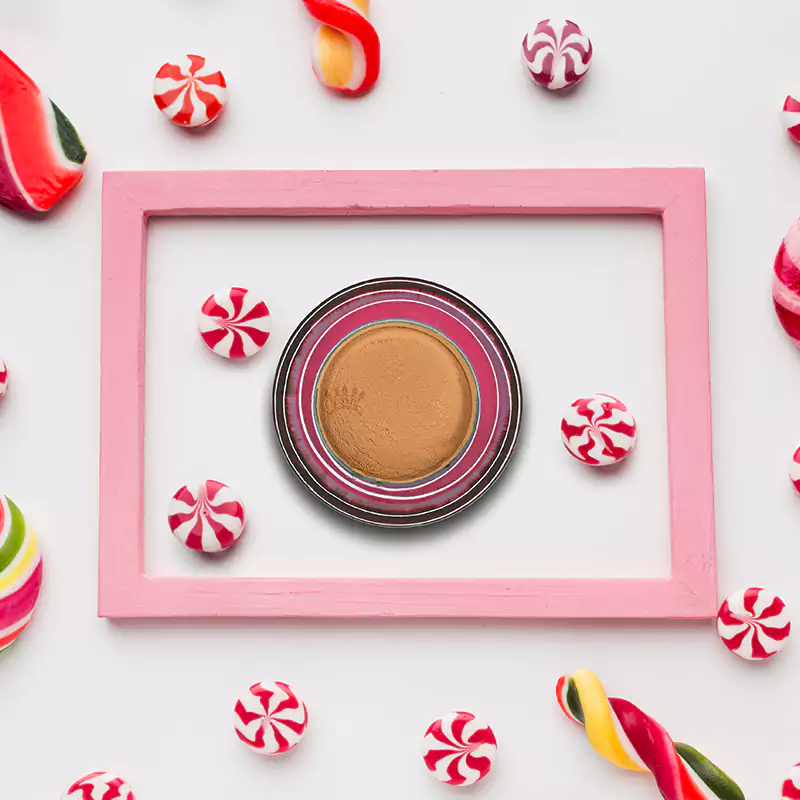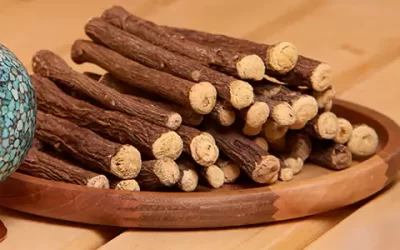Licorice Candy
licorice candy is really popular among consumers. It has special taste which has its own fans around the world. It is presented in different shapes.
Background
Licorice is a traditional herb which has been consumed in cooking and traditional medicine for a long time. Licorice is considered a natural sweetener and flavoring. It creates a distinctive taste and aroma in products. Various industries use this plant because of its special features. Confectionary, candy and chocolate production are among these industries. Sepidan Osareh Jonoob Co. collected some information about licorice candy which is presented in this article.

Using Licorice in Candies
A huge amount of sugar and food additives are used in confectionary products and candies. Licorice is used as a natural flavoring and sweetener in this industry.
Because cakes, sweets, chocolates and candies contain sugar, they have a harmful effect on health and obesity.
On the other hand, licorice has a positive effect on weight loss. So, you can enjoy the confectionary products containing licorice and you don’t have to worry about obesity.
The use of licorice in chocolate, sweets and candies in the Nordic countries has a long history and countless fans. These chocolates and candies are available in different forms. This plant gives a special herbal taste to the products.
This natural sweetener has many advantages in comparison with artificial ones. They also protect our oral and dental health. In addition, licorice has some other benefits for our body such as weight loss, treatment of stomach disorders and fatty liver, strengthening the immune system etc.
The History of Licorice Candy
In Europe and China, licorice root in dried and natural form has been very popular as a sweetener since ancient times. Over time, licorice candy makers have produced various flavors including strawberries, cherries, raspberries and many other flavors. Licorice in cooking and confectionary has been used since the Middle Ages. Licorice has a long history of treating bronchitis, cough, cold and sore throat, digestive problems and many more.Producing modern licorice candies goes back to 17th century in Holland. But nowadays it is manufactured in America, Australia and Europe and other countries.Licorice has got a special place in Chinese culture; it is assumed that eating licorice root gives them power and would increase their endurance. Licorice candy is produced in a vast variety of forms like twists, balls, jellybeans and so on. In some regions like North America, black licorice is usually used in confectionary and making candies. The main ingredients in licorice candies are licorice extract, sugar and binder. Sometimes anise is used instead of licorice for flavoring in making these candies. In candies small amount of licorice is used. So, it doesn’t pose a risk. However, individuals who suffer from diabetes, high blood pressure, liver and kidney problems, pregnant or breastfeeding women, people who had a stroke or heart attack, should consult with their doctor about using licorice candies and it is better to limit licorice usage. Excessive use of licorice can decrease potassium levels, changes heart beat rhythms and result in weakness and fatigue in our muscles.
At first licorice is sold in the form pastille, lozenge and rod to reduce sore throat and cough. This is how it found its place in making candies.
Some factories first produced boiled sweets but then produced jellies and licorice candies. Licorice in various shapes like pastilles and colored forms with fruit flavor was presented. Soft licorice in the twenties was introduced as a licorice candy.
licorice usage has been changed during the passage of time. In the beginning it was considered an herbal remedy and was used in drinks. Afterwards its culinary usage was noticed. In 13th century Europeans used licorice to sweeten their breads and cakes. One of the oldest candies is licorice candy which dates back to 13th century. Today various industries consume licorice in their products.
The sweetness in licorice is due to the existence of glycyrrhizin, which is 50 times sweeter than sugar.
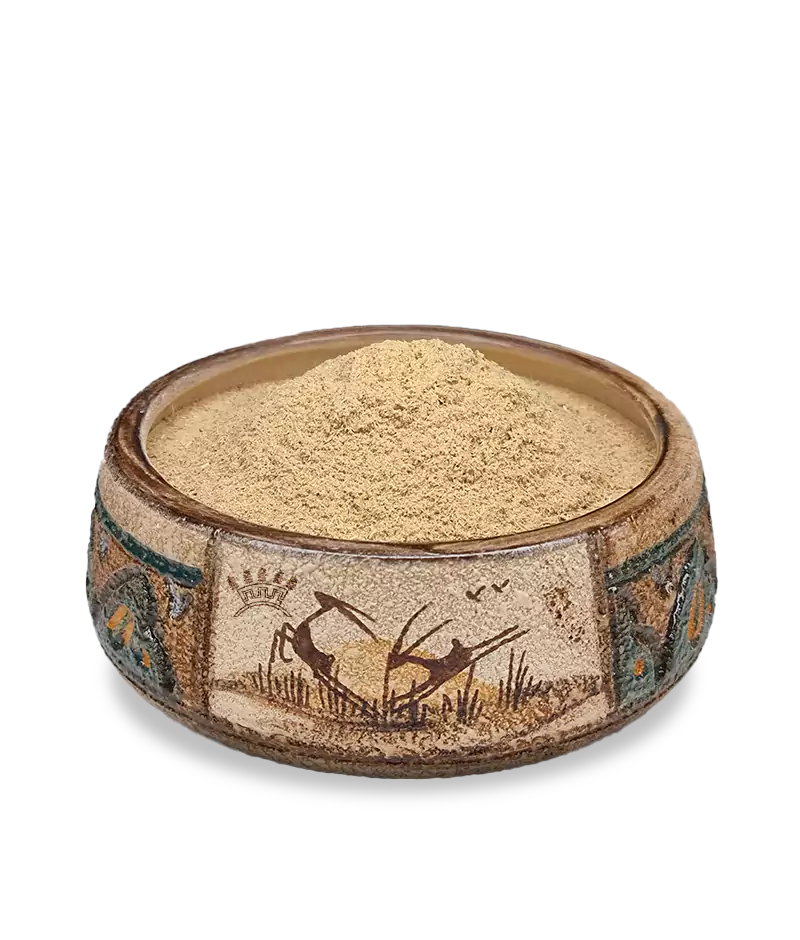
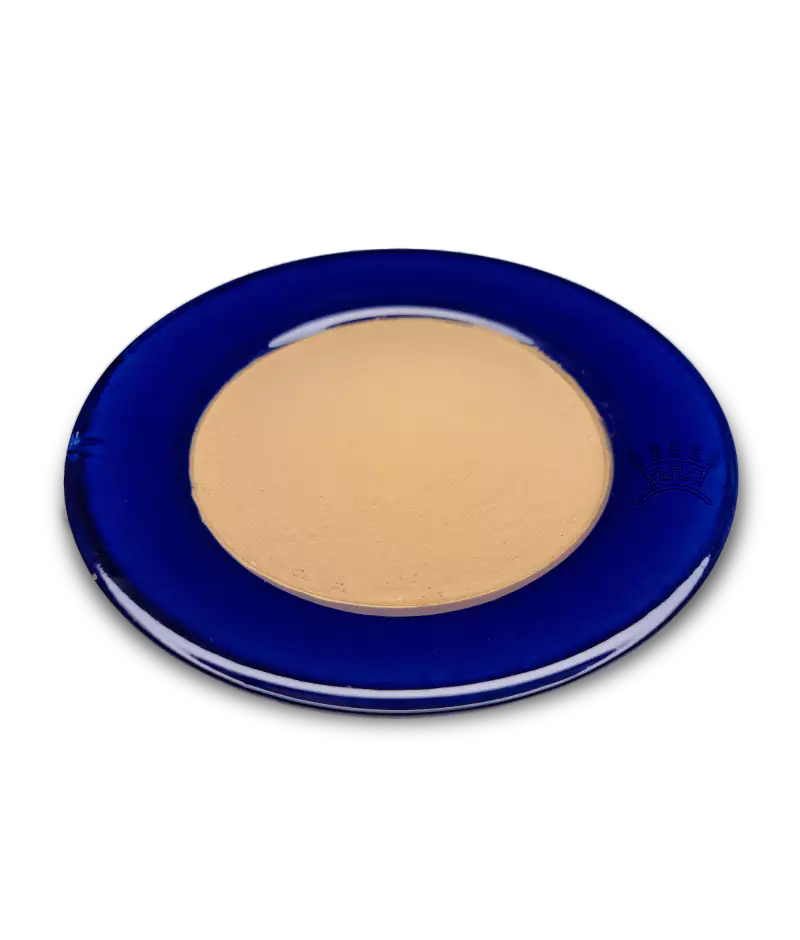
Licorice
Licorice Candy Production
According to Sepidan Osareh Jonoob Co.’s surveys, factories use different ways for licorice candy production. One of them is molding process which licorice paste (liquid) is poured in separate molds. After being cooled, the candies are brought out from the molds and are packaged. Small companies use this method. The other way is extrusion method in which licorice rope and laces are produced. The ingredients are boiled to obtain a kind of dough, then it is poured in the candy’s shape formers. Larger companies usually use this method.
In United Kingdom, all sorts of licorice candies are popular, but in some parts of Europe salty and strong flavors of licorice candy is preferred. In Netherlands special type of licorice candy called “drop” has got countless fans. Pontefract in England is one of the places in which licorice grows.
It is said that it was the first place where licorice was mixed with sugar and since that time licorice was consumed in making sweets. In 16th century England, the licorice confectionary industry was born and has been a classic favorite ever since. In Italy and Spain people prefer to use licorice in natural form. Natural licorice roots are sold in sweet shops.
Some candies are flavored with licorice root extract which have different shapes like tubes or chewy ropes. They are black licorice candies. By 20th century, these candies were popular among children and adults. Licorice candies are usually gelled and glossy. Licorice candies continue to be popular while in annual candy and chocolate market it devotes a considerable portion to itself.
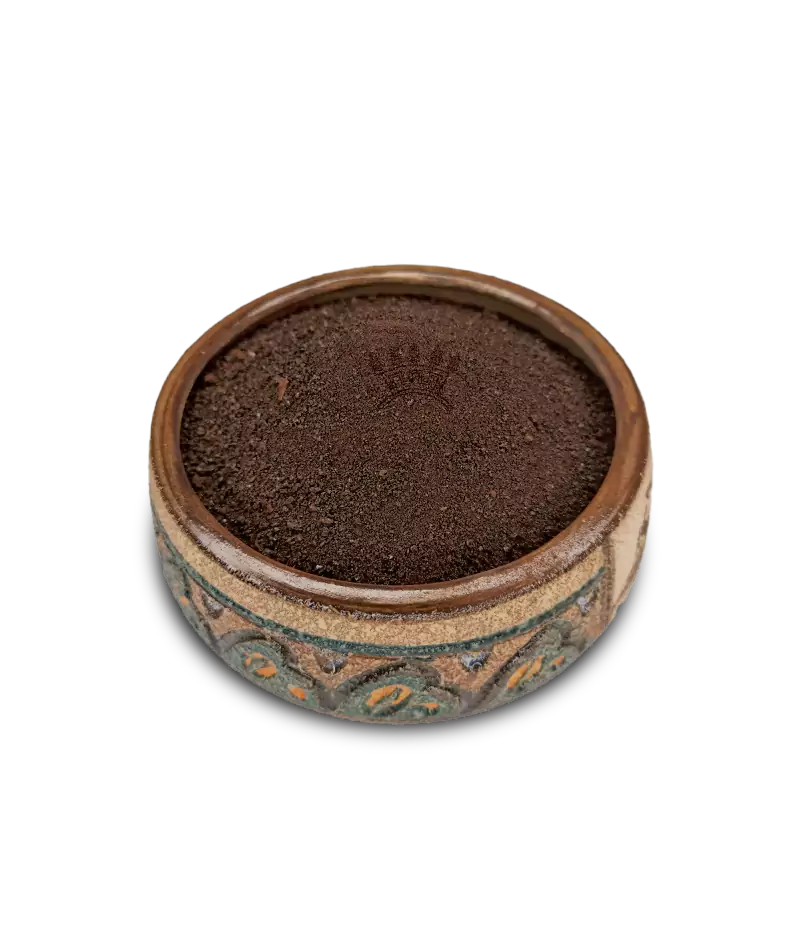
Provided by: Sepidan Osareh Jonoob Co.
Edited by: Shokripour, Meysam
References
1.Adel A. Gomma, Yasmin A. Abdel Wadood, The potential of glycyrrhizin and licorice extract in combating COVID-19 and associated conditions, (2021), Beni-Suif university, Egypt
- Ding and colleagues, Glycyrrhetinic acid and its derivatives as potential alternative medicine to relieve symptoms in non- hospitalized COVID-19 patients, (2020)
- Yu and colleagues, Glycyrrhizic acid exerts inhibitory activity against the spike protein of SARS-CoV-2. Phytomedicine, (2020)
- Zhang and his colleagues, Potential interventions for novel coronavirus in China: a systematic review, (2020)
- Shokripour, Ahmad (interview: November 27, 2021). Sepidan Osareh Jonoob Company, Iran.
Licorice Latest Articles And News
Licorice Powder Uses
Licorice Powder Uses licorice powder uses are various, such as medicinal syrups, traditional and herbal drinks, tea bags etc. it has also some benefits for our health.BackgroundLicorice is a medicinal herb which has been an efficient remedy for a couple of health...
The Industry and Mining Qualified Unit of Fars Province
The Industry and Mining Qualified Unit of Fars Province The twenty-fifth celebration of industry, mining and trade of Fars province, was held on the 23rd of Azar in 1400 (December 14, 2021) in the presence of national and provincial officials in Shiraz. The...
Licorice Root in Hindi
Licorice Root in Hindi licorice root in Hindi is known as Mulethi. It has been considered as an herbal remedy for many diseases like peptic ulcers, respiratory problems and many more.BackgroundLicorice is a perennial plant that is mainly found in south parts of...


